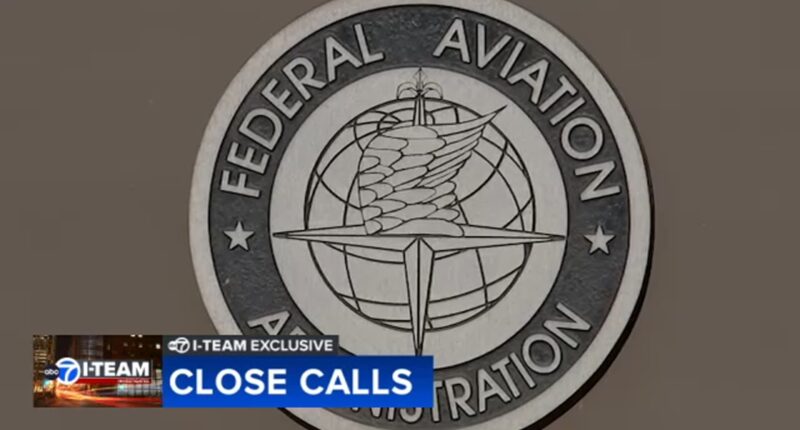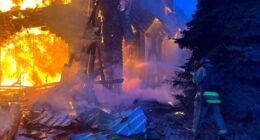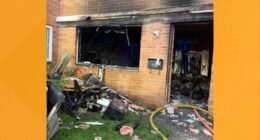CHICAGO (WLS) — At O’Hare airport, there were two close calls in one day.
Exclusive information about flights that had to suddenly take off as they were approaching the airport in order to avoid other grounded aircraft was revealed by the I-Team.
ABC7 Chicago is now streaming 24/7. Click here to watch
These incidents, known as “go-arounds” in the Federal Aviation Administration and the airline industry, occur when a plane must abort its landing due to the presence of another aircraft in its path.
But, for some of the hundreds of passengers on those two flights, 12 hours apart, there is no going around the fear and concern they felt.
And just as the first heart-stopper was happening, the topic of possible runway collisions was being discussed in DC.
“Close-calls are still happening,” remarked Illinois Sen. Tammy Duckworth during a congressional hearing on Thursday. Coincidentally, a close call occurred at O’Hare airport while the hearing was taking place.
“We were literally right over the runway, about to touch down, and, all of a sudden, the plane roared its engines, and we went tilted up to come back up off the ground, and the cabin went silent, and everyone was looking at each other and whispering. And it was the eeriest feeling I’ve ever felt,” business executive Nicole Loftus said.
The suburban native is still shaken by what happened Thursday to her United flight from LaGuardia airport in New York.
“The pilot came on and said, ‘we had to abort landing because of traffic on the runway,’ and then I realized, ‘oh my God, you know, there was, there were planes in the way, or going to be in the way, and he had to avoid it,'” she said.
A map from the site FlightAware showed what happened: the near touchdown, and sudden fast lift-off circling out over Lake Michigan before the plane eventually landed.
RELATED: Towering concerns arise regarding air traffic control staffing, effect on travel at Chicago airports
“Every time we get on a flight where we’re handing everything over to not only the flight crew and the airlines, but, more importantly, to air traffic control and the FAA to look out for us,” Loftus said.
At the same time, the congressional air safety hearing featured a 767 captain and pilot’s association president laying out the main role the Federal Aviation Administration is struggling to meet.
“To provide air traffic controllers with timely alerts that prevent accidents and near-misses,” said Capt. Jason Ambrosi, president of the Air Line Pilots Association, International.
And, just 12 hours after the first close call, came a second seemingly identical one at O’Hare.
Just after 10 p.m., United 546 from Newark was forced to make a “go-around” out over the lake.
Chicagoan Christoper Domrzalski was on that flight and explained, “A couple minutes after, the pilot came on and said that he had observed a other aircraft crossing the runway in front of us were likely to do so, and decided that it was better to abort the landing and swing back around for a second, second attack.”
Loftus, who does a lot of traveling for her company, Pop Venture, said she has never experienced something like this.
“What, this is normal? This happens? No, it shouldn’t be. There’s no way that that’s the case, right? I mean, it’s a lot to get planes up and down. They shouldn’t have to go down in them, back up again,” she said.
In a statement to the I-Team, officials at Chicago-based United Airlines verified what happened to both flights landings.
They said it was because aircraft were in the process of exiting runways.
And United points to the FAA as the agency responsible for managing that air traffic on the ground.
After numerous messages to the FAA Friday, government officials promised to get back to the I-Team, but so far have not.
Copyright © 2024 WLS-TV. All Rights Reserved.

















